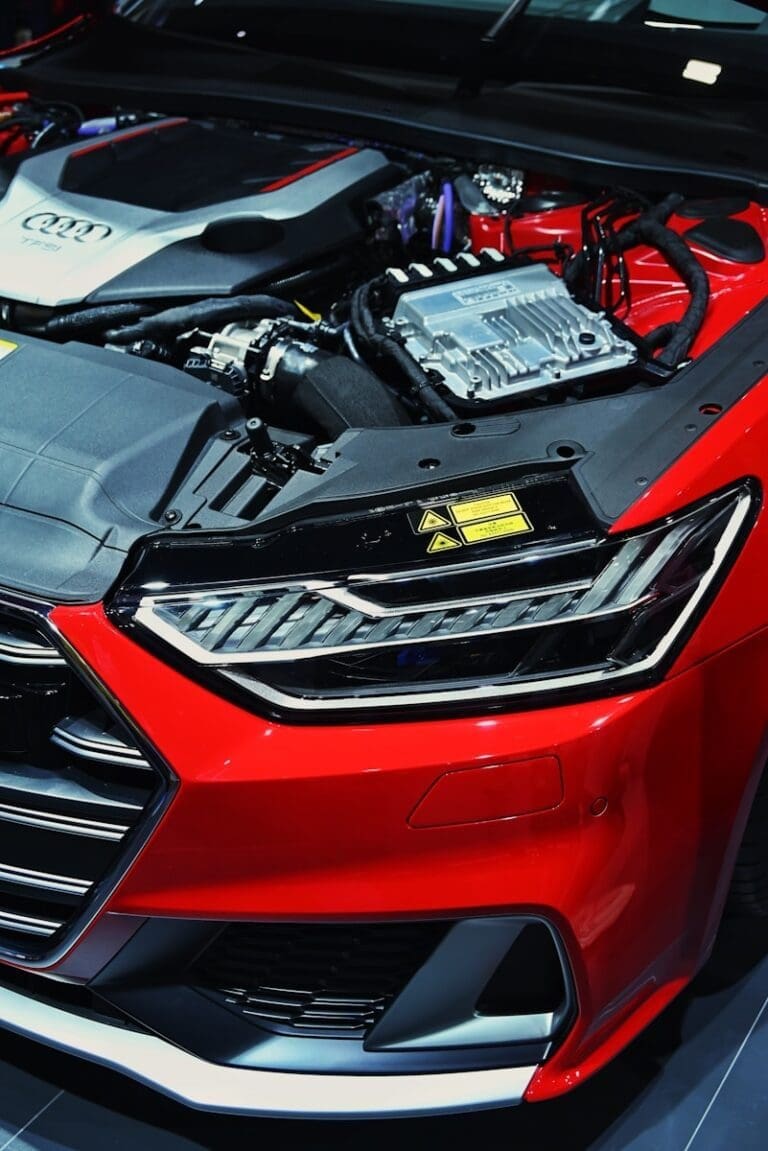Introduction
Table of Contents
ToggleWhat’s The Difference Between Stage automotive performance upgrades, remapping, or ECU tuning, has become increasingly popular. Among the various options available, Stage 1, Stage 2, and Stage 3 remaps stand out as significant upgrades. But what exactly sets them apart, and which one is right for you? In this comprehensive guide, we’ll delve into the differences between these stages of remapping, helping you make an informed decision about enhancing your car’s performance.
Stage 1 Remap: The Gateway to Enhanced Performance

Overview: Stage 1 remapping is often considered the entry-level upgrade for those seeking improved performance from their vehicles. It involves modifying the software within the engine control unit (ECU) to optimize various parameters such as ignition timing, fuel delivery, and turbo boost pressure. Performance Gains: Typically, Stage 1 remap offers moderate performance gains, including increased horsepower and torque, improved throttle response, and smoother power delivery. Benefits: Apart from the performance enhancements, Stage 1 remapping can also lead to better fuel efficiency under normal driving conditions. Suitability: Stage 1 remaps are suitable for most vehicles, including those with stock engines and minimal modifications.
Stage 2 Remap: Taking Performance to the Next Level
Overview: Stage 2 remapping builds upon the foundation laid by Stage 1 but with additional modifications to the vehicle’s hardware. This often includes upgrading the intake and exhaust systems to allow for increased airflow, which complements the adjustments made through software tuning. Performance Gains: With the improved airflow provided by upgraded intake and exhaust components, Stage 2 remaps typically deliver more substantial performance gains compared to Stage 1. This can result in a significant boost in horsepower and torque, along with enhanced engine responsiveness. Benefits: In addition to the performance improvements, Stage 2 remapping can also produce a more aggressive exhaust note and further optimize fuel efficiency when driving spiritedly. Suitability: Stage 2 remaps are recommended for enthusiasts looking for a significant performance boost without making extensive modifications to the engine internals.
Stage 3 Remap: Unleashing the Ultimate Potential
Overview: Stage 3 remapping represents the pinnacle of performance upgrades, pushing the limits of what’s possible with the vehicle’s engine. It involves extensive modifications to the engine internals, often including the installation of aftermarket turbochargers or superchargers, upgraded fuel systems, and reinforced internal components. Performance Gains: By significantly increasing the engine’s power output, Stage 3 remaps offer unparalleled performance gains, with dramatic increases in horsepower and torque. This level of modification transforms the vehicle into a high-performance machine capable of exhilarating acceleration and top speeds. Benefits: Apart from the exhilarating performance, Stage 3 remapping allows for fine-tuning to suit specific driving preferences, whether it’s track-focused performance or street-driven excitement. Suitability: Stage 3 remaps are reserved for dedicated enthusiasts seeking maximum performance and willing to invest in extensive engine modifications.
Choosing the Right Stage for Your Needs

Considerations: When deciding which stage of remap is suitable for your vehicle, several factors should be taken into account. These include your budget, driving habits, intended use of the vehicle, and long-term goals. Budget: Stage 1 remapping is generally the most cost-effective option, requiring minimal investment compared to Stage 2 and Stage 3 upgrades, which involve additional hardware and labor costs. Driving Habits: If you primarily use your vehicle for daily commuting and occasional spirited driving, a Stage 1 or Stage 2 remap may provide the perfect balance of performance and practicality. However, if you’re a serious enthusiast or plan to participate in track events, Stage 3 remapping might be worth considering. Long-Term Goals: It’s essential to consider your long-term goals for the vehicle. If you envision gradually building a high-performance machine over time, starting with a Stage 1 remap and gradually progressing to Stage 2 and Stage 3 upgrades may be the ideal approach.
Conclusion
In conclusion, Stage 1, 2, and 3 remap cars offer varying levels of performance enhancement, catering to a wide range of enthusiasts with different preferences and driving needs. Whether you’re looking for a modest increase in power for daily driving or aiming to transform your vehicle into a high-performance powerhouse, there’s a remap stage that’s right for you. By understanding the differences between these stages and considering your requirements, you can make an informed decision to unlock the full potential of your vehicle.



